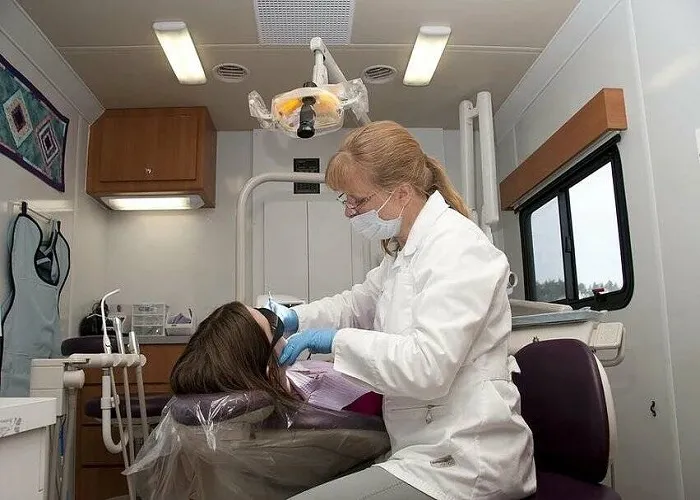Researchers from the Okinawa Institute of Science and Technology (OIST), alongside their collaborators, have applied human dental impression techniques to study the teeth of a fish species known as Polypterus senegalus. This fish has been separated from other species for about 360 million years, making it an important subject for understanding the early development of bony fish. Due to its long period of evolutionary isolation, Polypterus retains many primitive features that offer valuable insights into the evolution of fish.
The research team used a specialized process to create detailed dental impressions of the fish. The procedure began by sedating the animal to ensure its safety and comfort. Once sedated, the fish’s oral cavity was prepared by gently air-drying its teeth. A high-viscosity putty was then used to clean the teeth before applying a more precise, low-viscosity polyvinyl siloxane material. This dental impression material, commonly used in human dentistry, was placed in custom-made, 3D-printed trays to capture highly detailed impressions of the teeth. The entire process took about 5 to 10 minutes per fish.
One of the major challenges the researchers faced was working with the small size of the fish. The fish’s jaws were about the size of a human finger, and the individual teeth were smaller than a millimeter in length. Additionally, the impressions had to be carefully cut for scanning, and the researchers could not directly observe the internal structure of the teeth. Despite these challenges, the team successfully performed the procedure on 60 fish without any fatalities.
Through these impressions, the team was able to observe detailed microwear patterns on the teeth. These patterns, which develop over time from the wear and tear of eating, provide valuable information about the fish’s diet and behavior.
Dr. Ray Sallan, a dentist and researcher at OIST’s Science and Technology Group, explained the significant benefits of this new method. In the past, researchers had to euthanize specimens to study their teeth, often using CT scans or other invasive methods. However, this new approach allows for the non-destructive examination of living fish, which enables researchers to track tooth development and replacement over time.
Dr. Sallan emphasized that this method is particularly useful for studying rare species or museum specimens that cannot be harmed. “This new approach provides a way to study living creatures without causing any damage, which is crucial for rare or protected species,” he said.
The potential applications of this dental technique extend far beyond the study of Polypterus. Researchers can use the method to examine microwear patterns in the teeth of different species to understand their feeding habits. This is especially useful when comparing modern species to fossils, as it can help reconstruct the dietary patterns of ancient animals.
The technique can also be used to study jaw biomechanics, observe developmental changes, and compare the anatomy of different species. OIST PhD student and co-first author Johannes Wibisana, from the Genomics and Regulatory Systems Unit, highlighted the versatility of this method. “By examining the same features across different species, we can objectively compare variations due to diet, genetics, or growth conditions. This method allows us to create data sets that show differences between species or even individual animals,” he said.
The research team is already working on new experiments using this method with larger fish and other vertebrate species. They are particularly interested in studying tooth replacement patterns. Unlike mammals, which only grow a set of permanent teeth, many other vertebrates, including fish, regularly grow new teeth throughout their lives. This process has never been fully quantified in living fish before, making it a key area of study for the researchers.
By studying how fish and other vertebrates replace their teeth, the team hopes to uncover more about the biological processes behind tooth development and regeneration. This research could ultimately provide insights into how teeth evolved and how they function in different species.
Related topics:

